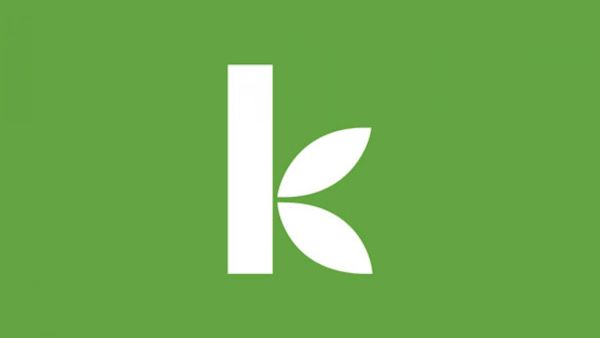
I’m a little late on posting my obligatory U.S. fellowship wrap-up, as I’m already a week into my second placement in Philippines.
Bahala na, now I have more perspective.
As we’ve noted several times before, U.S. microfinance tends to be a little different than microfinance in Kiva’s other countries. Most noticeably, the average U.S. loan on Kiva is many times larger than those from other countries. MFIs in the U.S. do not have to factor in currency exchange rates or runaway inflation (at least, not yet!). They are also less dependent upon Kiva’s 0% interest debt capital and more interested in Kiva’s high-powered marketing machine, which gives them access to a large pool of corporate and individual donors.
After meeting a group of borrowers today in Manila, I would add one more difference to the list: the average U.S. microfinance client is wealthy by the standards of other Kiva countries.
Understandably, U.S. microfinance organizations do not tout poverty alleviation or refer to their clients as “poor.” Opportunity Fund‘s mission is to advance the economic well-being of working people. Their Small Business Department focuses on loans for business growth and retention. And they seem to do a very good job. I highly recommend reading “At the Five-Year Mark,” a multi-year analysis of U.S. microfinance client outcomes, conducted by FIELD at the Aspen Institute.
I also recommend watching this video of an Opportunity Fund client demonstrating how to re-shoe a horse.
Mike is a farrier (a blacksmith who specializes in horseshoes) from San Jose, California. In some ways he is a typical U.S. microfinance client: an immigrant with a cash-based business who was turned down for a bank loan. You can read his full Kiva profile here.
'Casey Koppelson is in her second placement (KF13) as a Roaming Kiva Fellow (Social Performance) in the Philippines. She was a KF12 at Opportunity Fund in the United States.
PREVIOUS ARTICLE
The Kiva Community: A Kiva Fellow’s Support System →NEXT ARTICLE
Micro-Infrastructure →













